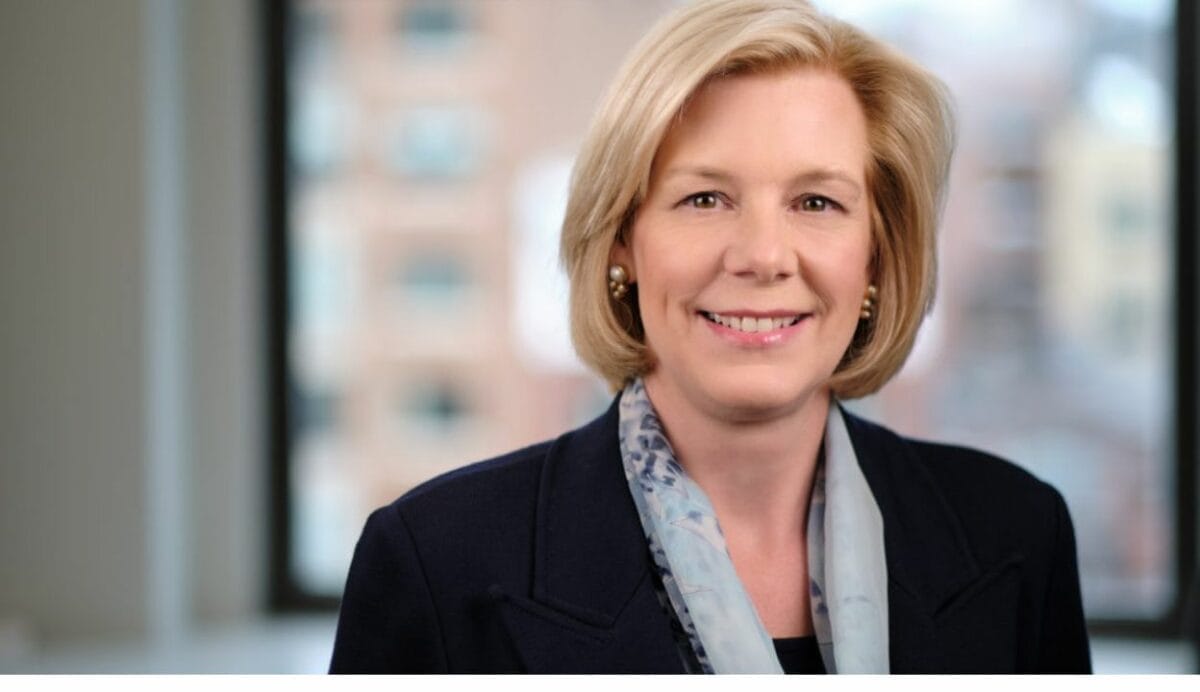Last year proved to be eventful, with volatile equity markets dominated by concerns around geopolitics and central bank actions, despite the strong underlying fundamentals of global economic growth. What can investors hope for in 2019? While our central expectation is for growth to continue above trend, we believe it will slow a little from 2018.
Recent indications of more dovish central bank action over 2019 than was previously forecast, particularly in the US and China, may reinforce equity markets. However, geopolitical issues, some of which we address below, will keep investors on their toes. Against this backdrop, Mercer outlines four themes we believe will be important for investors to consider when building portfolios in 2019.
WHITE WATERS OF THE LATE CYCLE
We see mounting evidence of overextension of credit. Outstanding debt is increasing while quality is decreasing. Covenants are deteriorating and speculative use of debt is becoming more evident. Meanwhile, we expect the ongoing positive macroeconomic backdrop, pro-business policies and business optimism to continue to assist the equity market in the near term (geopolitics allowing). When these contrasting equity and bond market currents meet, there is scope for white-water turbulence.
Investors will benefit from revisiting and stress-testing their strategic asset allocation, to ensure it is fit for purpose and robust enough to take the knocks that the rapids ahead may present. We should all bear in mind that the successful investments of the past are not guaranteed to be the successful investments of the future. Although fixed income assets offered a degree of protection during the last crisis, it is unclear whether that will be the case next time around; however, there are always pockets of opportunity. Mandates in which the investment manager has the ability to rotate between credit sectors are well placed to take advantage of both directional and relative credit trends (multi-asset credit managers are an example of this).
Equity markets have had an artificially low failure rate over a long period of monetary largesse. The most leveraged companies may be at risk of failure. Along with these ‘zombies’ (now a larger proportion of the market than ever and overdue for a reckoning), income-rich stocks – such as utilities – will probably be sensitive to faster-than-anticipated interest rate rises. We believe shares that are increasing their dividends sustainably, year-on-year, may be the best port in a storm for equity investors.
It is also worth considering holding cash now, particularly in places where interest rates are normalising, such as the US. It would be easy to be complacent about the need for inflation protection in portfolios, as none has been needed for a long time, but we encourage investors to be inflation-aware.
WINDS OF CHANGE IN MARKET PARTICIPATION
After the global financial crisis, central banks stepped in for traditional banks as the primary providers of liquidity. If the world’s major central banks proceed with their stated intentions to deleverage their balance sheets, the coming years are going to bring a withdrawal of liquidity. Without another provider of liquidity stepping into the limelight – and it’s hard to see how that can happen without a relaxation of banking regulations – this could be highly restrictive for economic growth. How firmly central bankers are willing to press the brake on economic growth in order to reduce the size of their balance sheets is a key question for 2019 and beyond.
The prevailing wind looks increasingly challenging for public-market investors, with extraordinarily low yields and generally elevated valuations. Private markets, on the other hand, have continued to offer attractive growth opportunities, and constraints on bank lending have also increased the chances for sophisticated investors to lend directly to businesses; however, the level of asset flows into private markets – and the elevated valuations prevailing in certain segments – may be cause for concern.
The importance of investors understanding their tolerance for illiquidity, in a range of scenarios, is heightened. So, too, is the value of ensuring balance with a program of private-market investments that is diversified across vintages, managers, market segments and the capital structure.
Finally, the growth of systematic or factor strategies, such as alternative risk premia or multifactor equity funds (sometimes referred to as ‘smart-beta), shows how demand for simpler, often cheaper, products has been on the rise across a whole spectrum of product types, from hedge funds to indexed equity. Some of this change is being driven by investor concerns about alignment of fees – a topic Mercer has been vocal about.
Active management can add real value, particularly in an environment of change, but it is not appropriate for all investors or for all markets. Where it may not be suitable, a broader spectrum of available systematic and alternative index strategies can probably benefit investors not content with a portfolio construction process set out purely by a traditional index provider.
TECTONIC FRICTIONS IN THE GLOBAL WORLD ORDER
In our 2018 themes, we talked about the risks posed by political fragmentation and the potential for increased protectionist or isolationist policy. Going into 2019, we are asking ourselves whether we may have reached peak globalisation. We doubt that we will see the gains from globalisation over the last 50 years reversed materially, but we recognise that the forces behind globalisation may be fading.
Nowhere is a stalling of economic integration more visible than in the trading relationship between the US and China.
China has grown rapidly in recent years, with the size of its economy increasing by more than a factor of 30 over as many years, lifting more than 700 million people out of poverty. Such significant growth, for such a large economy, is bound to cause friction.
In Washington, the mood towards China turned decisively during 2017 and 2018, with increases in trade tariffs between the two countries dominating headlines. Likewise, the investment implications of the tariff increases have dominated many investor discussions since then and that will probably continue into 2019.
The introduction of onshore Chinese equities (A-shares) into certain MSCI equity indices and the announcement that Chinese bonds will be incorporated into the Bloomberg Barclays Global Aggregate Index in 2019, will provide impetus for investors to consider how best to get exposure to the second-largest economy in the world, and whether they are comfortable being led by index providers. There are undoubtedly risks to consider, many of which will be challenging to assess. We are definitely seeing a shift towards the East.
If global trade reverses direction, another potential impact could be greater divergence in investment returns across regions and countries. This may present a challenge to our view that global investment mandates are generally better placed than portfolios of regional mandates to deliver active returns, so this is a dynamic we will be watching closely.
SUSTAINABILITY GATHERING MOMENTUM
Sustainability involves being aware of what is expected to happen in the broader world in the years to come and what that might mean for you as an investor; it is about understanding the impacts of actions taken today and the potential risks and opportunities they might create.
Investors are increasingly being encouraged, and in some cases forced, by a wide variety of governments and supranational organisations, to adopt a sustainable perspective. The key lodestars are the United Nations Sustainable Development Goals and the World Economic Forum’s risk stewardship, as embodied by the annual Global Risks Report. More widely, The UN Principles for Responsible Investment (UN PRI) Global Guide to Responsible Investment Regulation has identified a number of policy instruments that are supportive of investors considering long-term value drivers, including environmental, social and governance (ESG) factors.
Alongside their support for sustainable return perspectives, these organisations are increasingly requiring investors to identify non-traditional risks in their portfolios. The earth’s climate is changing – and at an accelerating pace. Mercer has engaged with its clients for many years on the potential impact of climate change, and we will shortly be publishing Investing in a Time of Climate Change – The Sequel, along with extended and enhanced climate-impact modelling. We believe this work will be helpful for investors looking to take a broader perspective on risk.
Focusing on appointing managers that have strong ESG credentials (alongside a high investment due diligence rating) could be the most effective and appropriate first step for many investors looking to incorporate sustainability into their portfolios.
For investors sensitive to fees and governance, the next step could be to look at allocating to an ESG-focused index. We believe this has merit in terms of potential risk reduction and that the return prospects over the long term would be in line with traditional approaches.
For unconstrained investors with a higher commitment to sustainability, impact investing through private-market strategies is worth considering.
The ideas outlined above represent our observations on the challenges, opportunities and drivers of change present in the current investment environment. We provide these ideas with the aim of provoking debate and discussion around the appropriate responses to a changing and changeable market landscape. We look forward to continuing this discussion over the course of 2019.
Kishen Ganatra is European strategic research director at Mercer.



